
Seattle Children’s Health Equity and Anti-Racism Action Plan Progress
Since the Health Equity and Anti-Racism Action Plan was released in 2021, Seattle Children’s has consistently shared progress updates. Historical progress updates are on this page, showing Children’s path to becoming an anti-racist organization.
Phase One Review and Introduction to Phase Two
Seattle Children’s Health Equity and Anti-Racism (HEAR) Action Plan is comprised of three phases, each lasting 18 months. Phase one ended March 31, 2023 and phase two is underway. See more work detail about our journey to become an anti-racist organization in the previous quarterly reports.
See this as an infographic in English or Spanish.
Phase One Highlights
Covington Review and Seattle Children’s Response
Read the Covington review of Phase 1 and Seattle Children’s response released in May 2023.
Embedded Anti-Racism Into Values
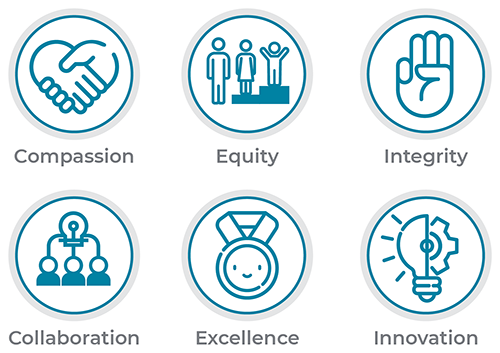 Seattle Children’s values-based behaviors and leadership qualities were updated to better reflect anti-racism.
Seattle Children’s values-based behaviors and leadership qualities were updated to better reflect anti-racism.
See what anti-racism and inclusion look like in practice.
Replaced Code Purple With Adaptive Social Response
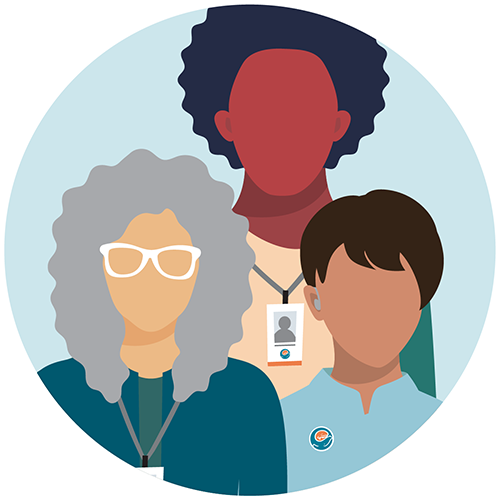 37 families, community leaders and workforce members developed recommendations that created the Adaptive Social Response system.
37 families, community leaders and workforce members developed recommendations that created the Adaptive Social Response system.
Meet the team now providing relational, proactive support for patients, families and workforce.
Improved Inclusion Score
 Improvement in rating as demonstrated by Seattle Children’s workforce responses to the prompt: “This organization values workforce members from different backgrounds.” (Goal was 3.82 out of 5.0; actual was 4.01.)
Improvement in rating as demonstrated by Seattle Children’s workforce responses to the prompt: “This organization values workforce members from different backgrounds.” (Goal was 3.82 out of 5.0; actual was 4.01.)
Odessa Brown Children’s Clinic (OBCC) Highlights
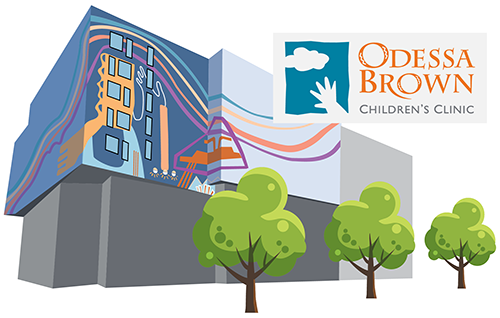
- Improved care for patients with sickle cell disease.
- Launched OBCC Governance Council, helping to achieve equity, diversity and inclusion priorities.
Increased Workforce Diversity
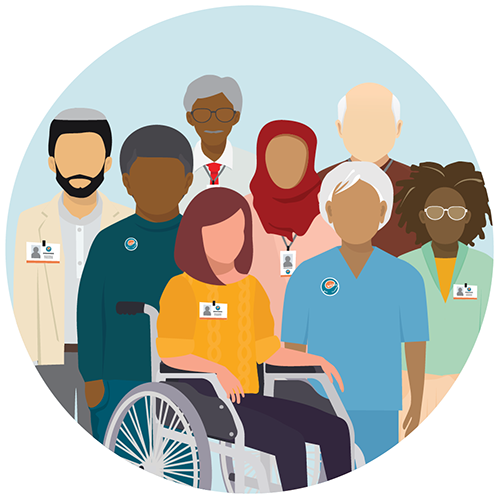 Increase in racial/ethnic diversity since the Action Plan release*:
Increase in racial/ethnic diversity since the Action Plan release*:
- Employees — up 5.3%, to 41.5%
- Nursing — up 5%, to 28.3%
- Managers — up 3%, to 24.8%
- Research — up 6.1%, to 44.6%
- Executive Leadership Team — up 9.1%, to 54.6%
- Board — up 7.3%, to 37.7%
- Medical staff diversity: 26.8%
Read more about Latinx employee experiences at Seattle Children’s.
* % increase represents percentage points. Data as of July 31, 2021, and March 31, 2023.
** Data as of March 31, 2023; comparison data from 2021 unavailable.
Diversified Workforce Development
 Research investments that support historically underrepresented communities in healthcare and biotech span the academic spectrum, from elementary through high school, to college and post-doctoral.
Research investments that support historically underrepresented communities in healthcare and biotech span the academic spectrum, from elementary through high school, to college and post-doctoral.
Phase Two Introduction:
A Continuation and Deepening of the Work
Continuing Outcome Measures in FY23
- Reduce central line-associated bloodstream infection rates and eliminate disparities for Black and African American patients and patients who use a language other than English. Goal = 1.17.
- Increase workforce diversity by 3% to 43.4%.
- Increase to 81.5% the percentage of patients and families willing to recommend Seattle Children’s via the Family Experience Survey. Establish Racial, Ethnicity and Language (REaL) benchmark data.
New Outcome Measures in FY23
- Maintain or decrease Hospital-Acquired Conditions (HACs) from existing baseline. Stratify data by REaL to identify and address disparities. Goal = 2.23.
- Increase diverse research participants by 3% to 33%.
Adaptive Social Response Rollout and Continuous Improvement
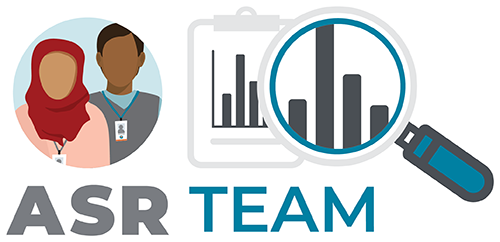
- Broaden data collection and integration to ensure comprehensive understanding of impact, including monitoring other areas for potential harm or inequities.
- Adaptive Social Response team meets three times a week to proactively identify areas and relationships that require additional support and solutions to eliminate disparities.
FY23 Employee Performance Evaluations
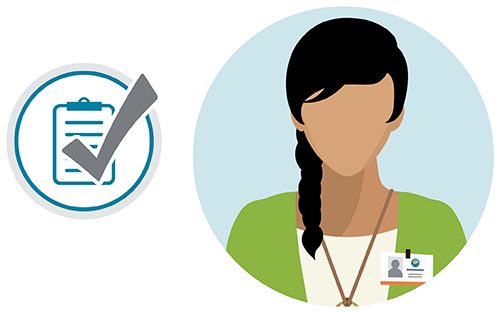 FY23 evaluations will incorporate the updated values, emphasizing anti-racism and inclusion.
FY23 evaluations will incorporate the updated values, emphasizing anti-racism and inclusion.
Languages Other Than English
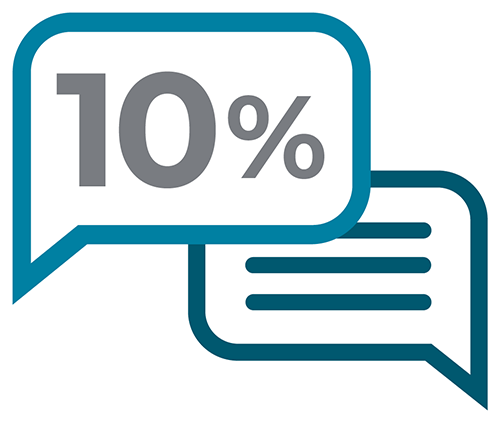 10% of patient population speaks a language other than English.
10% of patient population speaks a language other than English.
Top 5 requested languages for interpretation: Spanish, Somali, Vietnamese, Mandarin and Cantonese.
Priority Language Projects
- Expand multilingual workforce to meet needs of patients and families.
- Develop opportunity for workforce, patients and families to provide feedback on interpretation experience
- Expand families’ ability to request interpretation support as needed in real time.
Growing Anti-Racism Learning Opportunities
 Bias Reduction in Medicine Trainings (BRIM) will continue to scale and adapt for providers. An additional anti-racism course for the broader workforce is in development.
Bias Reduction in Medicine Trainings (BRIM) will continue to scale and adapt for providers. An additional anti-racism course for the broader workforce is in development.
Read about all of the FY23 Outcome Measures.
Review Quarterly Progress Updates
September 2022 web page, September 2022 (PDF) (en Español)
June 2022 web page, June 2022 (PDF) (en Español)
March 2022 web page, March 2022 (PDF) (en Español)
December 2021 (PDF) (en Español)